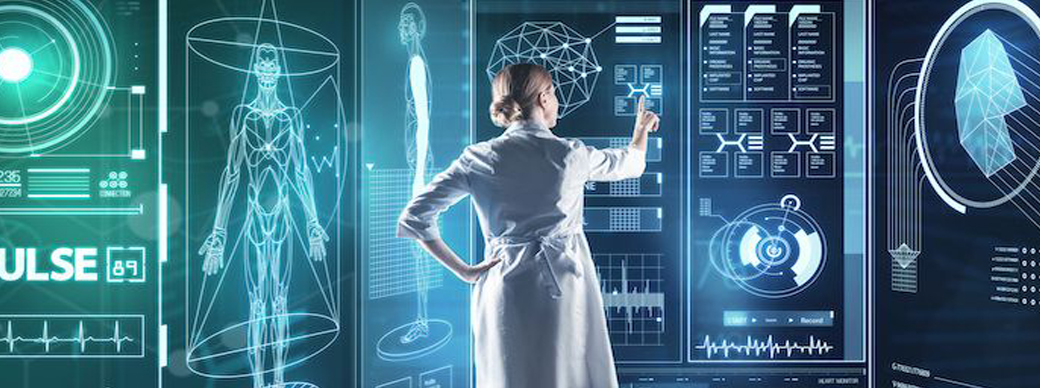Health Information

What Is Health Information Technology? Exploring the Cutting Edge of Our Healthcare System Mysterious acronyms and confusing job titles are somewhat common in the healthcare field. You recently came across a new-to-you term that has you curious to learn more: health information technology (HIT). What is health information technology, and how does it impact the medical world? Technology is everywhere you look in a healthcare facility, from electronically checking in patients and updating their medical records to sending them the results of a blood draw in their online chart. Health information technology is the behind-the-scenes field keeping all those systems running smoothly. Whether you’re hearing about this health science specialty for the first time or you’ve heard the term before, you might not realize the effect these tech pros have on the healthcare industry. Join us as we dive into this tech-driven healthcare career to learn more about the world of health information technology. What is health information technology? Health information technology is the area of healthcare that oversees the technology systems healthcare providers use to manage patient data. “Health IT refers to the electronic systems health care providers—and increasingly, patients—use to store, share and analyze information,” according to the Office of the National Coordinator for Health Information Technology (ONC). HIT includes technology like electronic health records (EHRs) and e-prescriptions, as well as tech tools that help patients meet health goals like quitting smoking or managing diabetes. This merging of technology with healthcare has allowed for more accurate EHRs that follow a patient to different healthcare facilities, and it’s given patients more control over their health through apps and increased access to information. Though HIT encompasses many systems and types of technology, its focus is always on maintaining patient privacy while improving patient care. Advances in secure health IT networks have allowed physicians and others on a patient’s care team to have better communication than ever before. What do HIT professionals do? To answer this, we’ll first need to take a step back and account for the variety roles of found under the umbrella of health information technology. In this field you’ll find roles that focus almost exclusively on patient medical records—like health information technician, health information manager and health informatics specialist. Additionally, there are HIT professionals whose focus centers more on traditional information technology work, like the design, implementation and maintenance of the computer networks. Regardless of the job title, these HIT experts all share the common goal of using technology to improve the healthcare field for patients and providers alike. For health information technicians specifically, they are generally tasked with ensuring the accuracy of patient data, such as physician notes and lab results, and the organization and maintenance of databases, according to the Bureau of Labor Statistics (BLS).1 Because medical documents contain confidential patient information, a large focus of HIT is on maintaining patient privacy and complying with strict government regulations. Broadly speaking, HIT professionals make sure their healthcare facility’s technology systems are securely encrypted and up to regulatory standards to keep sensitive medical documents safe from anyone who shouldn’t have access. What is the importance of HIT? Health information technology is vitally important in the digital age. “In 2019, healthcare consumers continue to demand greater transparency, accessibility and personalization,” says Patrick Gauthier, director of healthcare solutions at Advocates for Human Potential, Inc. HIT plays a key role for all of the above, and more. Being able to quickly share patient information between hospitals and clinics—a concept known as “interoperability”—can be the difference between life and death for some patients. The ONC shares that EHRs and other HIT tools help patient care teams coordinate with one another, leading to higher-quality patient care and more affordable healthcare costs. Though the HIT field was struggling to keep up just a few years ago as clinics and hospitals made the transition to new technology under government mandates like meaningful use, Gauthier believes HIT has hit its stride and will only continue to grow in importance as technology transforms the healthcare field. “The majority of consumers now trust health IT more than ever.”.